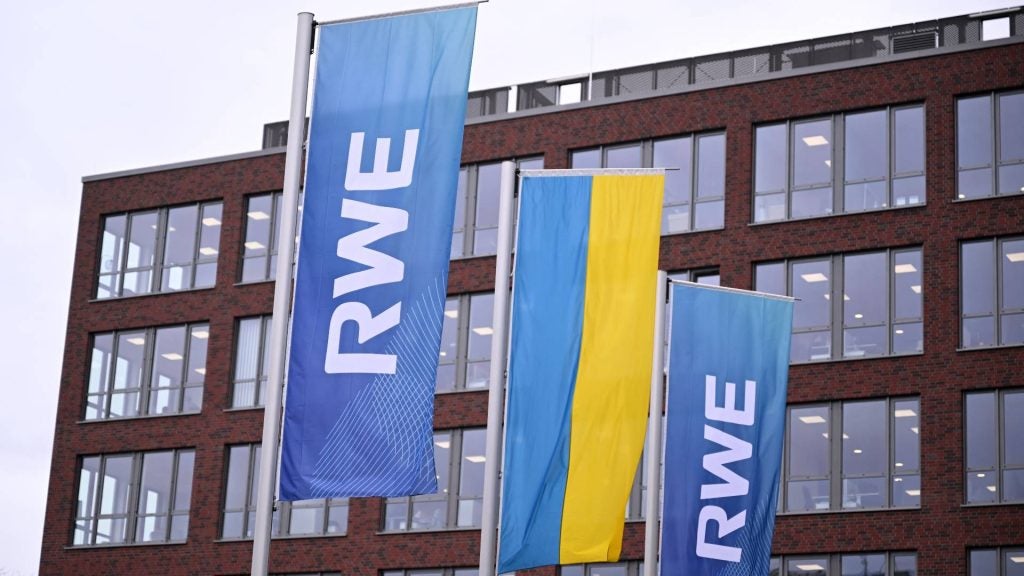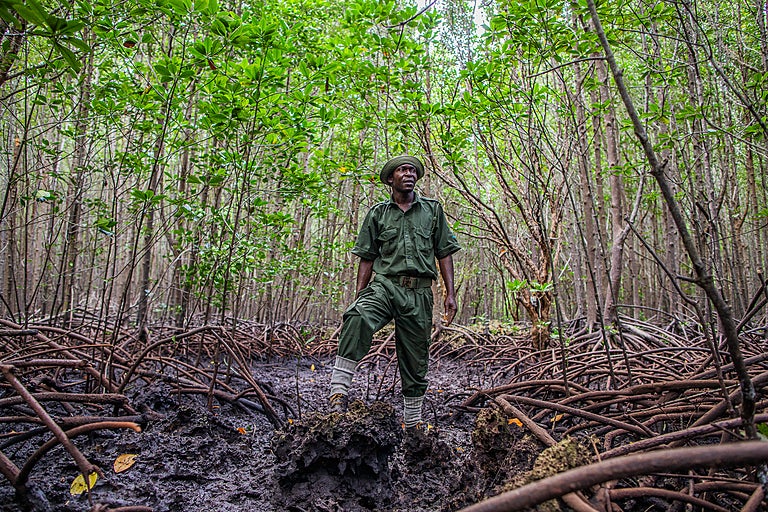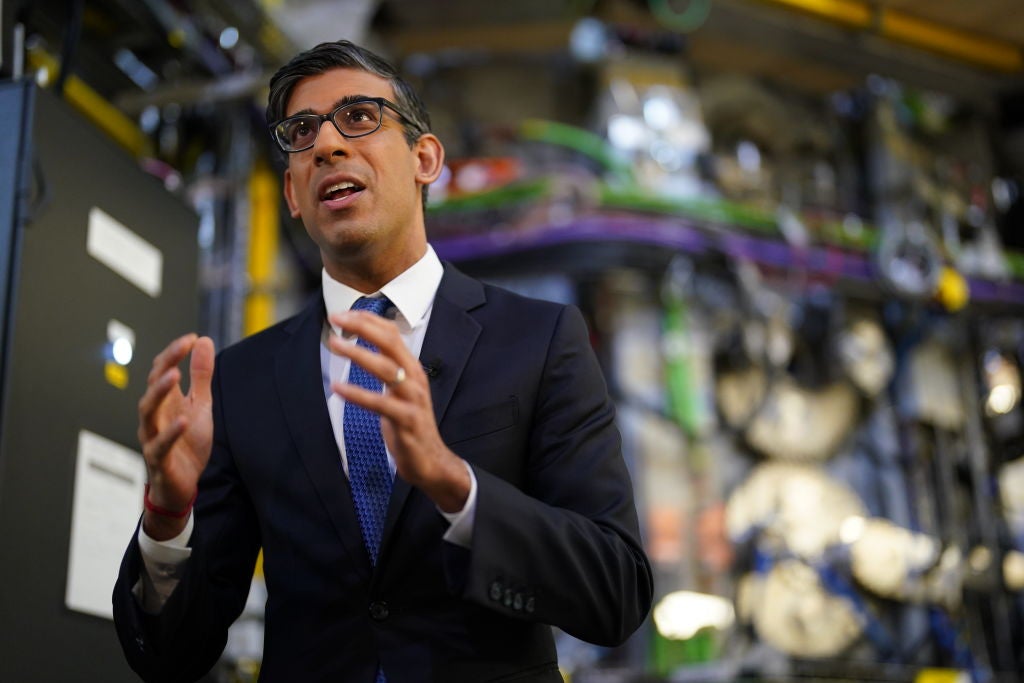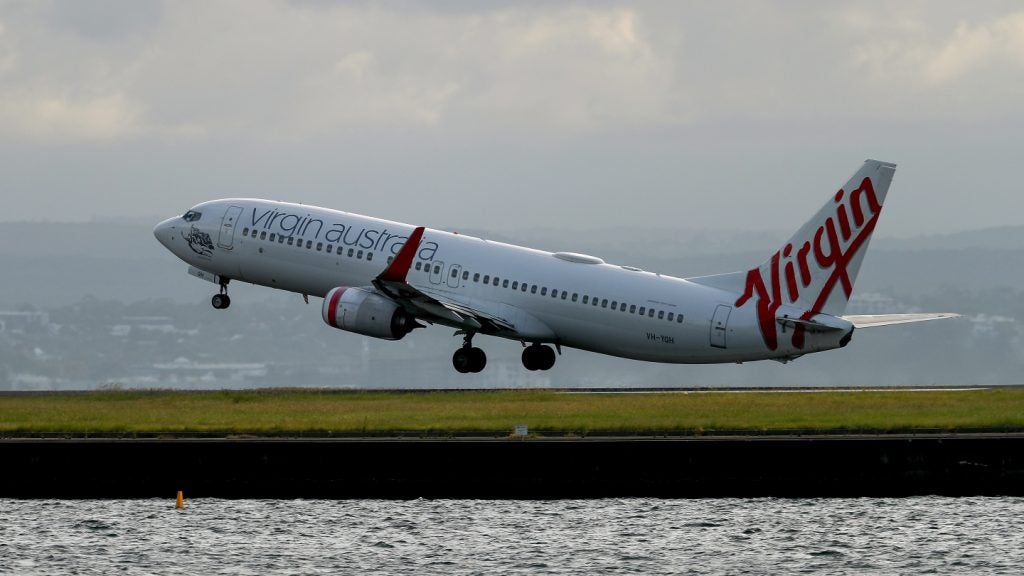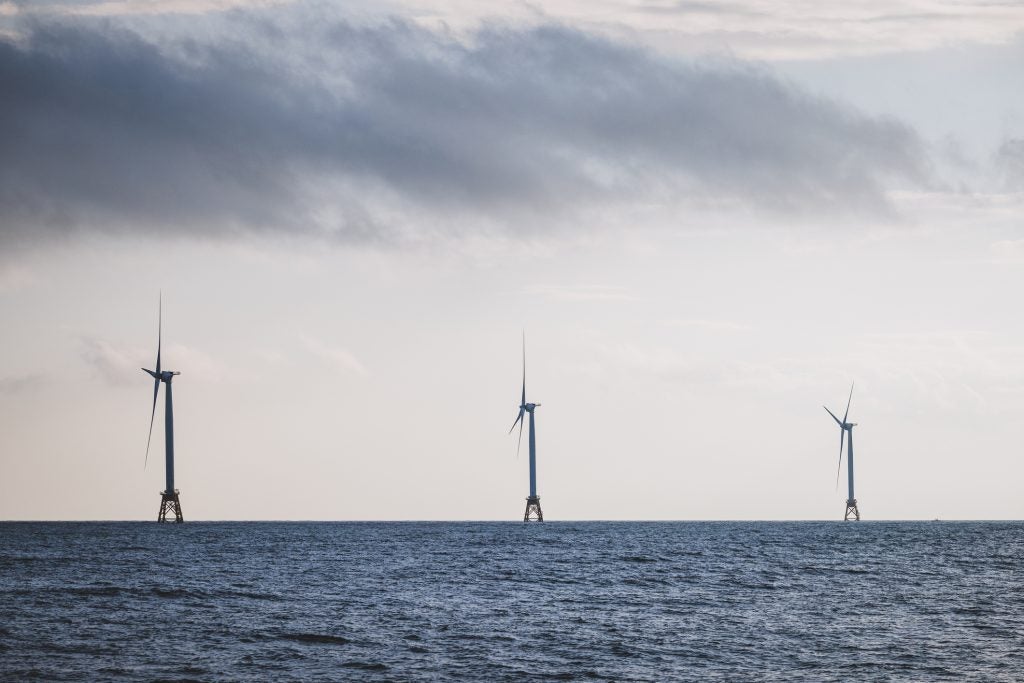RWE, Germany’s largest energy provider, more than quadrupled its investment in renewable energy in the first half of 2023 compared to the prior year.
The €9.9bn ($10.87bn) spend mostly comes from its acquisition of Consolidated Edison’s (ConEd) US renewables subsidiary for $6.8bn, which forms part of a project pipeline to increase its US renewable energy production to 24GW.
RWE's main renewable energy earnings come from offshore wind production, which had an adjusted EBITDA of €762m in the first half of 2023. It has recently expanded production across this sector through a mixture of strategic partnerships and investments, including the opening of Germany’s sixth offshore wind farm, Kaskasi and a joint investment with Japan’s Kanasi Electric Power Co. (KEPCO) into a novel offshore flotation device by Saitec.
The device, known as SATH, an acronym of Swinging Around Twin Hull, is described on its producer’s website as a "prestressed concrete [emphasis theirs] floating platform consisting of two cylindrical and horizontal hulls with conical edges linked to each other through bar-frame structures". The platform, which theoretically allows easier and cheaper installation and decommissioning of offshore wind turbines, is currently being tested off the coast of Saitec’s native Spain. RWE announced today (11 August) that it had completed its first successful installation.
RWE also recently announced early-stage investment in RenerCycle, which focuses on wind turbine decommissioning and refurbishment. These two deals highlight RWE’s commitment to building efficiency in the long run as well as the short term.
These deals are particularly notable at a time when renewable energy deals are declining globally, though they still remain at or above the total value of fossil fuel and nuclear energy deals everywhere except in Africa and the Middle East.
Our signals coverage is powered by GlobalData’s Disruptor data, which tracks all major deals, patents, company filings, hiring patterns and social media buzz across our sectors. These signals help us to uncover key innovation areas in the sector and the themes that drive them. They tell us about the topics on the minds of business leaders and investors and indicate where leading companies are focusing their investment, deal-making and R&D efforts.


